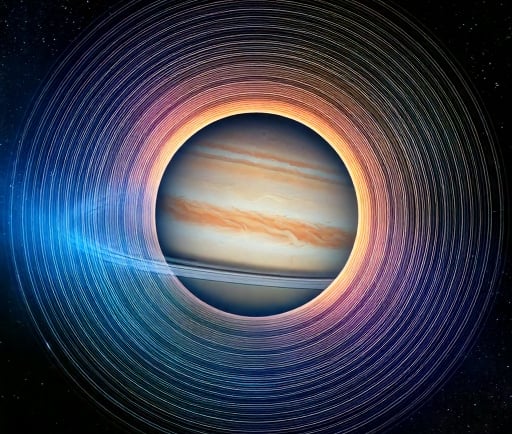BLG-1691L: A Gas Giant in Further Orbit


Introduction to BLG-1691L
In the vast expanse of the cosmos, each discovery adds a layer of intrigue to our understanding of planetary systems. A fascinating recent discovery is BLG-1691L, a gas giant located within the Ophiuchus constellation. This massive planet is situated approximately 23,777 light years away from Earth, making it a remarkable subject of study for astronomers and space enthusiasts alike.
Microlensing Detection Method
BLG-1691L was identified utilizing an innovative astronomical technique known as microlensing. This method takes advantage of the gravitational field of a foreground star, which amplifies the light from a background star. When a planet transits in front of the background star, it creates a distinctive light curve that signals the presence of an exoplanet. The detailed analysis of these light curves led researchers to confirm the existence of BLG-1691L and provide valuable information regarding its characteristics.
Orbital Characteristics of BLG-1691L
One of the most intriguing features of BLG-1691L is its orbital period, which lasts approximately 2,100 days. This lengthy duration suggests a bit of a distant relationship with its host star, as gas giants typically have varied orbital characteristics based on their proximity to stellar radiation. Understanding the orbital dynamics of BLG-1691L not only sheds light on this particular gas giant but also enhances our knowledge of planetary formation and evolution within the Ophiuchus constellation.
As we continue to unravel the mysteries surrounding BLG-1691L, astronomers hope to gather more insights into this distant gas giant and further explore the potential of discovering additional exoplanets in the rich tapestry of our universe.
